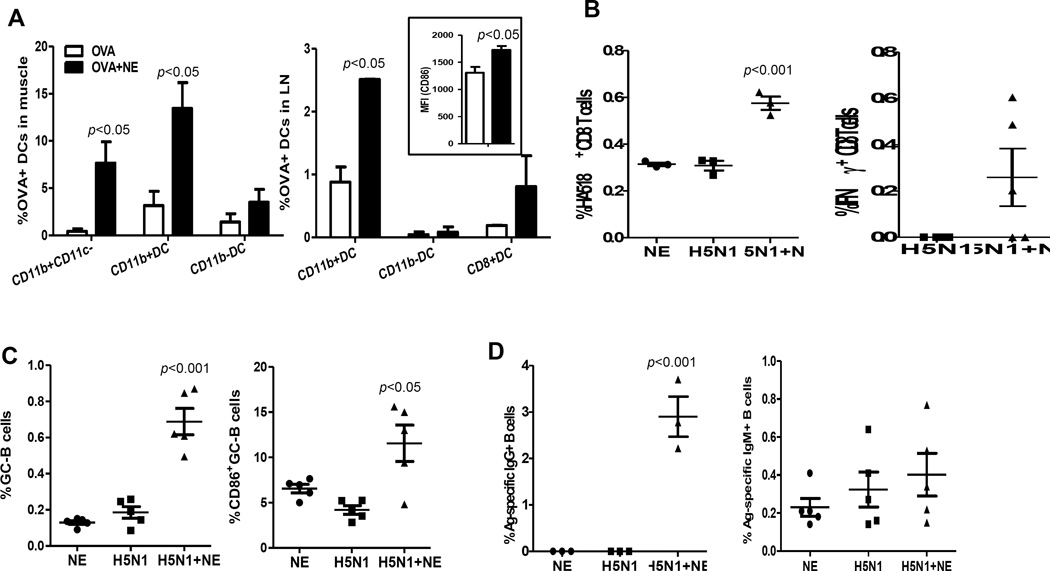Figure 2. NE enhanced innate and adaptive immunity.
(A) Female Balb/c mice (6–8 weeks old, 5 mice/group) were immunized by i.m. route with 50 µg OVA-FITC with or without NE. 24 h later, single cell suspensions from muscle tissues were prepared. The frequencies of OVA-FITC+ cells in CD11c+I-A/E+SSClowCD11b+(CD11b+DC), CD11c+I-A/E+SSClowCD11b−(CD11b−DC), CD11c−/lowI-A/E+CD11b+ were presented; single cell suspensions were prepared from inguinal and the frequency of OVA-FITC+DC and the median fluorescence intensity (MFI) of CD86 of CD11b+DC were presented (p<0.05 as compared to OVA alone group). (B) Female Balb/c mice (6–8 weeks old, 5 mice/group) were immunized by i.m. route with 3 µg H5N1 vaccine with or without NE or with NE only. 14 days later, inguinal lymph node were collected and the frequency of HA518-specific CD8 T cells was presented (p<0.001 as compared to vaccine alone group). IFNγ-producing CD8 T cells from H5N1-immunized mice were also measured by intracellular cytokine staining on day 5 following in vitro restimilation with rgA/VN/04 virus and the frequency of IFNγ+CD8+ T cells was presented. (C–D) Female Balb/c mice (6–8 weeks old, 5 mice/group) were immunized with 3 µg H5N1 vaccine with or without NE or NE only by i.m. route. A week later, inguinal lymph nodes and spleens were collected and B cells (B220+ CD3−) were stained. The lymph nodes were analyzed for GC-participating B cells (B220+CD3−GL7+CD38−), plasma cells (B220−CD138+), and the frequency of B cells expressing high CD86 among GC-participating B cells (p<0.05, p<0.001 as compared to vaccine alone group) (C). The A/VN/04-specific ASCs were analyzed from spleen and shown as Ag-specific IgG+ ASCs and Ag-specific IgM+ ASCs (p<0.001 as compared to vaccine alone group) (D). The data are representative at least 3 independent experiments and the error bars represent standard error of means (SEM).

